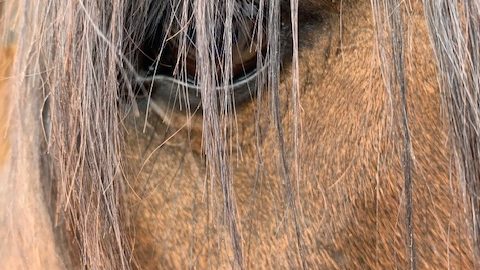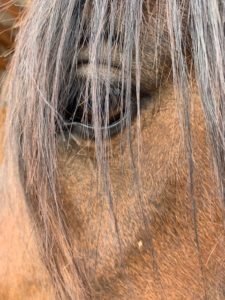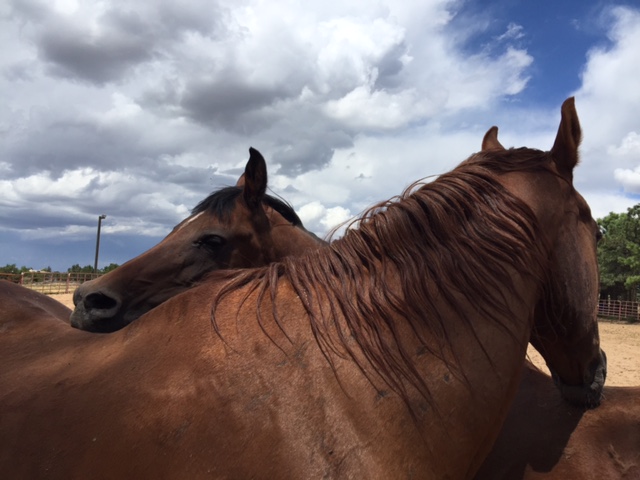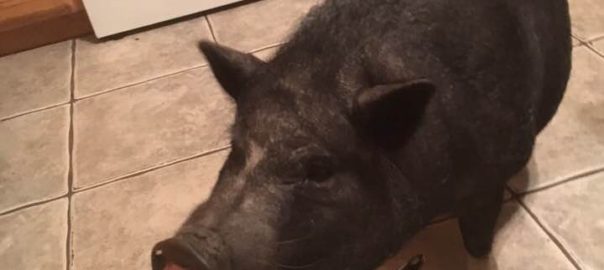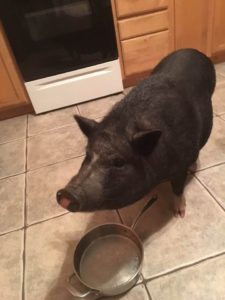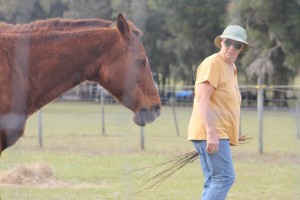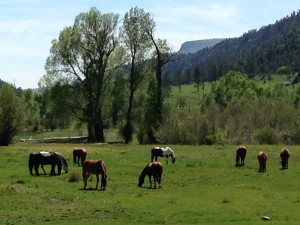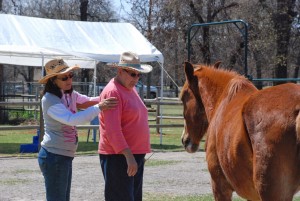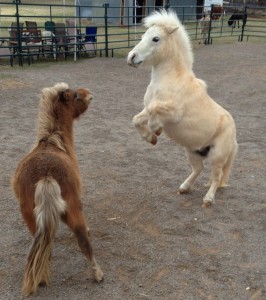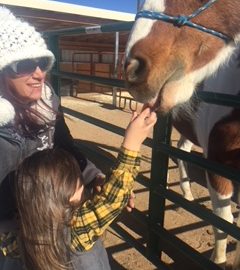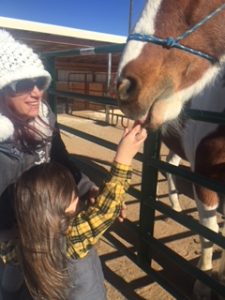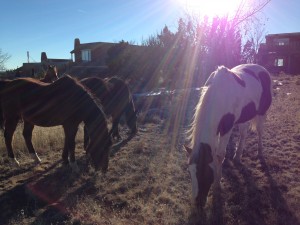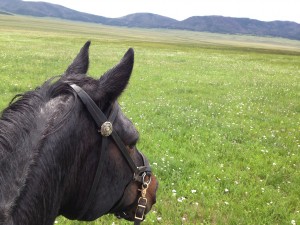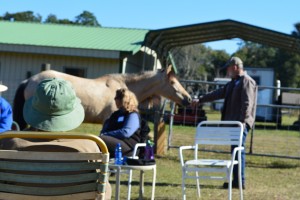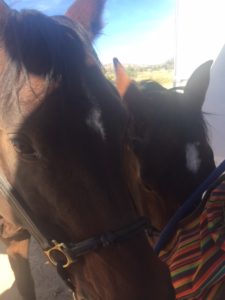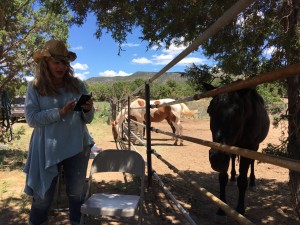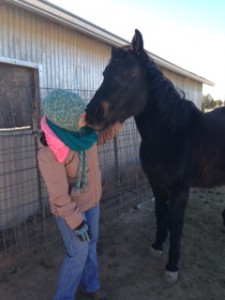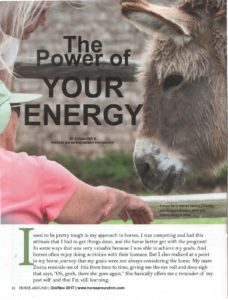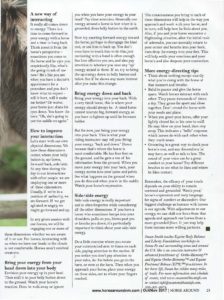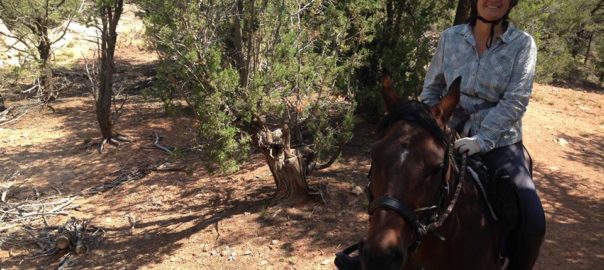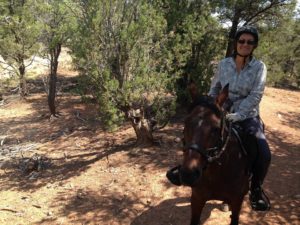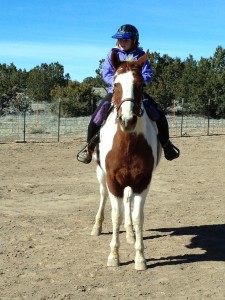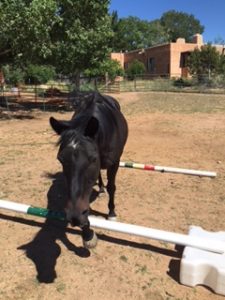As I have received so many Happy New Year messages from so many, I feel compelled to write one too. There is an eagerness, a hopefulness that this year will be better than the last. New year’s resolutions are made and discarded at the first temptation to do otherwise. Perhaps because they put more expectations on us.
“Hope smiles from the threshold of the year to come,
Whispering ‘it will be happier’.” Alfred Lord Tennyson
So maybe we talk about something else – how it’s possible to reach out to people and animals across the planet, not just in our backyard? That while in some parts of the world you might be snowed in or otherwise unable to go minister to somebody who needs it, you can send a message. Not just ‘I’m thinking of you, hearts and prayers,’ but a message from my heart to yours. They may live five thousand miles away. Or if the body is not responding well at all, how about just sitting with the person or animal, being with them? If you can’t sit still for whatever reason, do something.
One morning recently I could not take care of someone’s animal physically, and so I decided to make bread. I decided then to make the bread in honor of that animal, and lo and behold the animal got up and started moving. In a way, taking the pressure off, just doing stuff, may have made a difference.
The message sent does not carry any baggage; it’s not a pushing or moving of energy, it’s just an inquiry, or a sitting with a situation, not influencing a particular outcome.
With one animal I worked with at distance over the holidays, at first she couldn’t bear my making contact. I said in that case, I’ll just be over here, and sit with you but not too close. After that, she began to inch closer and began to share herself. It was completely her decision.
How do we work without expectation to embody a sense of well-being in ourselves and others?
A way to begin this may be as follows:
Hold a meditation for the new year. I strongly suggest getting comfortable, with a cup of your favorite tea or coffee.
Begin with the body, your body and include your animal bodies. Begin with the space between the big and next toe and just hold it and see what you feel. Do you feel a connection to another part of you? Does it hold a memory? If so, just remember that but move on to another part – the lower leg, the knee, the hips, the buttocks. Some of these areas may hold a memory of pain, a surgery, a fall. If you feel you’re getting plugged up there for some reason, or the body doesn’t want you there, leave it and move on up the body. If you’re working with an animal at the same time, the animal may have areas it feels at the same time as you, or different ones that pull at you, areas it wants to avoid or becomes sad with upon contact.
So acknowledge those sensitive areas and move on. Move on to the midsection, remember you pass through various chakras at the same time, where different energies are held. You don’t have to identify those now, you can simply know that you have a root chakra, sacral, solar plexus, heart, throat, third eye and crown. At any one of those places along the midline and the band surrounding it laterally on both sides (heart will include shoulders, for example), you may hold energies of either good or bad things. Just the recognition may bring a certain peace. If it doesn’t, move on to a new location. 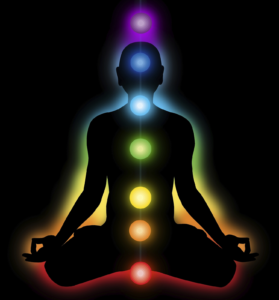
You can hold your hands upturned at your sides and feel warmth grow in your hands. These are the hands that can touch or simply hold energy for others, and for yourself.
Moving up through the heart area – what do you feel? During this colder season, sometimes the chest area becomes compressed, warding off cold, and the heart becomes squashed in there. It needs room to feel everything it can feel.
Then move further up to the throat, the third eye above your eyebrows, and crown at the center of the top of your head.
Check now and see what parts of you feel lit up, alive. Which are they? Connect one of them to an area that doesn’t feel so alive or is in pain or emotional turmoil, and see what happens.
Sometimes just gently cupping the face area can relax the tension collected by frowns, tense jaws, concentration, worries. Once recognized, you may move to a place of seeing differently, quietly, letting peace drape around you like a soft blanket.
To come out of the meditation when ready, retrace your journey from head to feet, slowly, checking in with each area. See how it feels. Is there still tension or disturbance there or has it gone? Is a painful place less troubled? Does another area call you? Check with your animals as you retrace the journey with them.
In this small meditation, your body and/or your animal’s body gets to have a voice. It is given space to move and decide, or not.
This is what I want for my new year – to enter a realm of possibility for healing without a list of expectations.



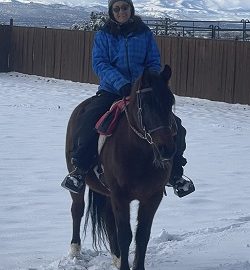
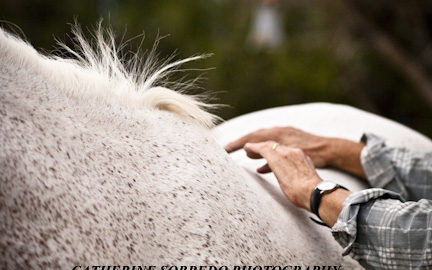
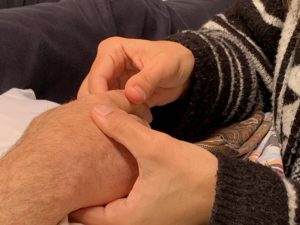 A healing journey is specific, non-specific, historic, full of layers and wondrous avenues of enlightenment. The layers that developed first – en utero, at birth – will be deepest in the body, and the last ones to heal. Perhaps we can go farther back than that – generations that will heal last, if at all in this lifetime. The healing journey is one of seeking to unravel those layers in the body’s time, as it has a time of its own. Seeking self-correction.
A healing journey is specific, non-specific, historic, full of layers and wondrous avenues of enlightenment. The layers that developed first – en utero, at birth – will be deepest in the body, and the last ones to heal. Perhaps we can go farther back than that – generations that will heal last, if at all in this lifetime. The healing journey is one of seeking to unravel those layers in the body’s time, as it has a time of its own. Seeking self-correction.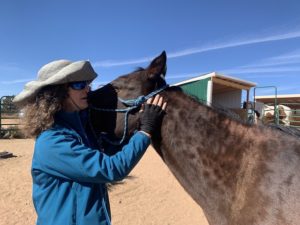 When I talk about injury, that injury could be internal or external, it could be musculoskeletal, visceral, neurological, circulatory, emotional, psychological, psychic…
When I talk about injury, that injury could be internal or external, it could be musculoskeletal, visceral, neurological, circulatory, emotional, psychological, psychic…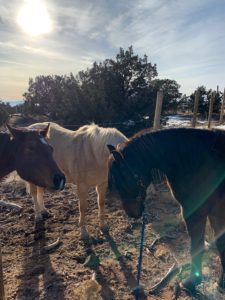
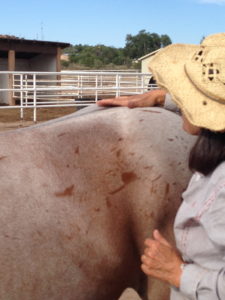 Horses demonstrate to us repetitive stress in so many ways. They are subjected to repetitive activities – training, carrying people with unaddressed repetitive stress and compensatory patterns, saddles, bridles, other tack, trailering, abuse, repetitive behaviors.
Horses demonstrate to us repetitive stress in so many ways. They are subjected to repetitive activities – training, carrying people with unaddressed repetitive stress and compensatory patterns, saddles, bridles, other tack, trailering, abuse, repetitive behaviors.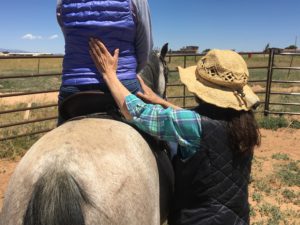 to take place slowly, addressing each layer as an individual, peeling them back as the body is able to address them.
to take place slowly, addressing each layer as an individual, peeling them back as the body is able to address them.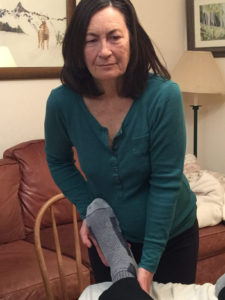 it is those things, the compensation is coming from a lot of places and the body wants to be addressed as a whole. Not only will it show its compensation, it will show its strengths – where it can move and where it is light and receptive.
it is those things, the compensation is coming from a lot of places and the body wants to be addressed as a whole. Not only will it show its compensation, it will show its strengths – where it can move and where it is light and receptive.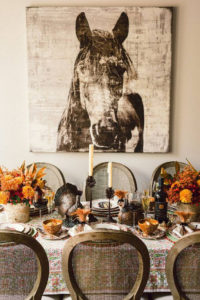
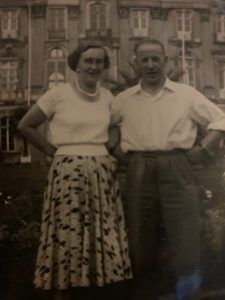

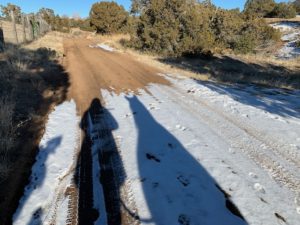
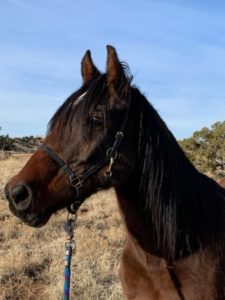
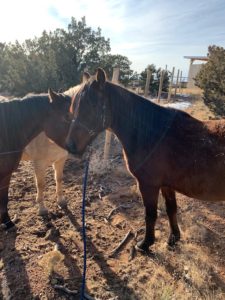
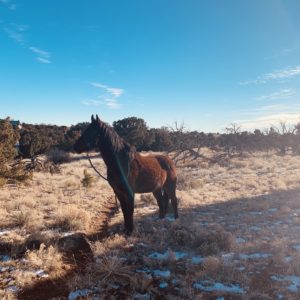
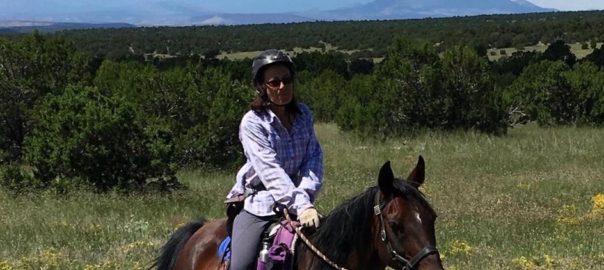
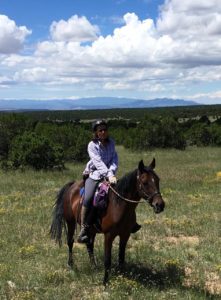
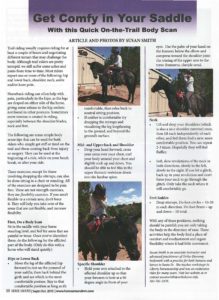
 All of us – horse and human – hold tension in our bodies and we also have areas that just don’t speak. We have places that don’t work as well as others. My right leg can get funky in the hip socket, for example. I could sit up there and worry about what a terrible rider I am and I shouldn’t ride because I’m not always symmetrical and blah blah blah, but if I focus on all the dysfunction, then I am missing what my body can do, and how it can support the areas that aren’t working quite so well. My horse has stuff going on in her hips also. I focus on the healing available in her body. And guess what? Even though she has that stuff, she is a beautiful mover. I sit on her, and I feel each part of me and her, and focus on the parts that work really well while holding an awareness of what I’d like to have shift.
All of us – horse and human – hold tension in our bodies and we also have areas that just don’t speak. We have places that don’t work as well as others. My right leg can get funky in the hip socket, for example. I could sit up there and worry about what a terrible rider I am and I shouldn’t ride because I’m not always symmetrical and blah blah blah, but if I focus on all the dysfunction, then I am missing what my body can do, and how it can support the areas that aren’t working quite so well. My horse has stuff going on in her hips also. I focus on the healing available in her body. And guess what? Even though she has that stuff, she is a beautiful mover. I sit on her, and I feel each part of me and her, and focus on the parts that work really well while holding an awareness of what I’d like to have shift.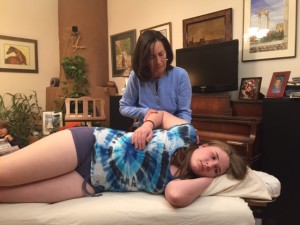 Certainly, work can be done on some of these issues independently of the horse/rider relationship, and I do that in many cases where a person may need individual table work ahead of a horse/rider session, or the horse needs to receive an entire session on his own. If someone has major back trouble, I’m going to work on that, and same with the horse. But once the bodies are free of great inhibition, we can bring them together and see where they can strengthen and enhance each other, and bring space into the relationship that may have been restricted before.
Certainly, work can be done on some of these issues independently of the horse/rider relationship, and I do that in many cases where a person may need individual table work ahead of a horse/rider session, or the horse needs to receive an entire session on his own. If someone has major back trouble, I’m going to work on that, and same with the horse. But once the bodies are free of great inhibition, we can bring them together and see where they can strengthen and enhance each other, and bring space into the relationship that may have been restricted before.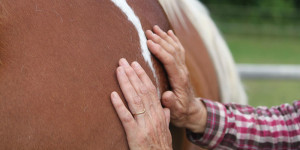 ways of beginning this work. While grooming your horse you can feel along the spine for any irregularities. If you don’t know anatomy, it’s helpful to get a simple equine anatomy book – and a human one while you’re at it! Learn where the bones are. Everything else is related to or attached to the bones in some way, so it’s a great place to start.
ways of beginning this work. While grooming your horse you can feel along the spine for any irregularities. If you don’t know anatomy, it’s helpful to get a simple equine anatomy book – and a human one while you’re at it! Learn where the bones are. Everything else is related to or attached to the bones in some way, so it’s a great place to start.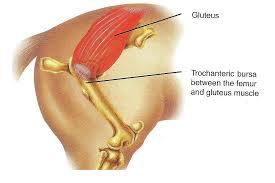
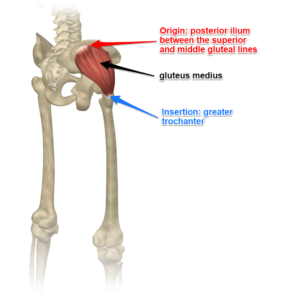
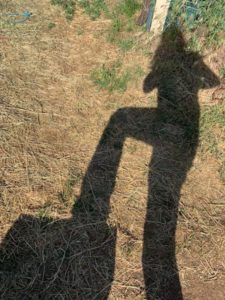 After that I may do a little bit of bodywork on areas I see are not working so well on my horse, and stretch out myself. You can apply your own exercises, such as qi gong, yoga, Feldenkrais, etc. and in Ortho-Bionomy© we have a lot of self-care exercises for people and ones you can do for your horse. Some of them I have adapted to use in the saddle as well.
After that I may do a little bit of bodywork on areas I see are not working so well on my horse, and stretch out myself. You can apply your own exercises, such as qi gong, yoga, Feldenkrais, etc. and in Ortho-Bionomy© we have a lot of self-care exercises for people and ones you can do for your horse. Some of them I have adapted to use in the saddle as well.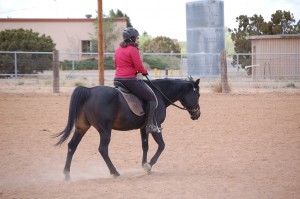 Much thought has been given over centuries to how to ride efficiently and so as to bring out the best in the horse and rider. With the Mounted Body Balance™ approach, an older horse can move better than he or she ever has and so can her rider. Life isn’t static so we can’t guarantee that any of us are not going to have some physical challenges, but there is a lot we can solve and make more comfortable with this type of work. A horse may be able to help you with your body issues without impairing his/her own stride or balance. Of course, aging will limit what you can do but why not try to do what you love comfortably for as long as you can? As a physical therapist friend of mine says, “I’m here to help you be able to do what you love for longer.”
Much thought has been given over centuries to how to ride efficiently and so as to bring out the best in the horse and rider. With the Mounted Body Balance™ approach, an older horse can move better than he or she ever has and so can her rider. Life isn’t static so we can’t guarantee that any of us are not going to have some physical challenges, but there is a lot we can solve and make more comfortable with this type of work. A horse may be able to help you with your body issues without impairing his/her own stride or balance. Of course, aging will limit what you can do but why not try to do what you love comfortably for as long as you can? As a physical therapist friend of mine says, “I’m here to help you be able to do what you love for longer.”